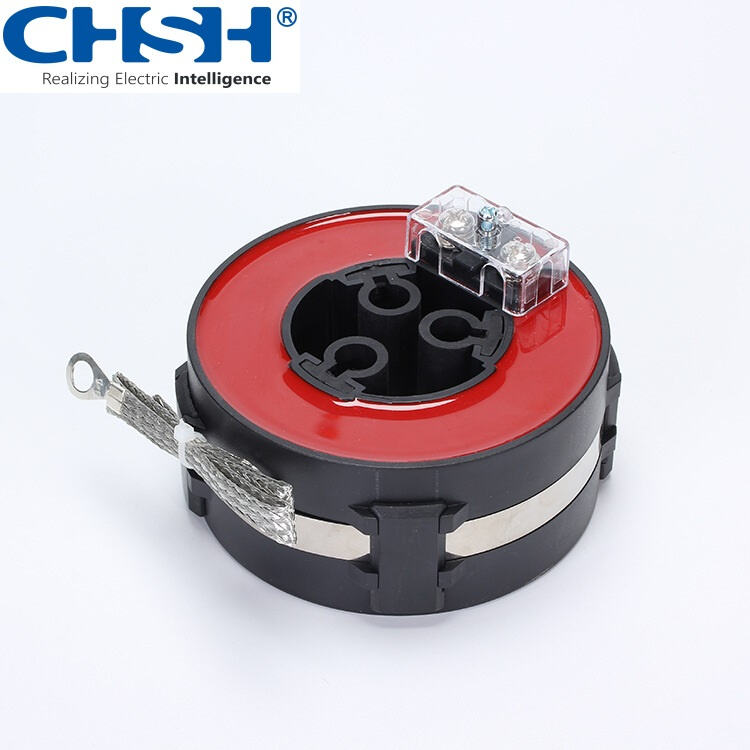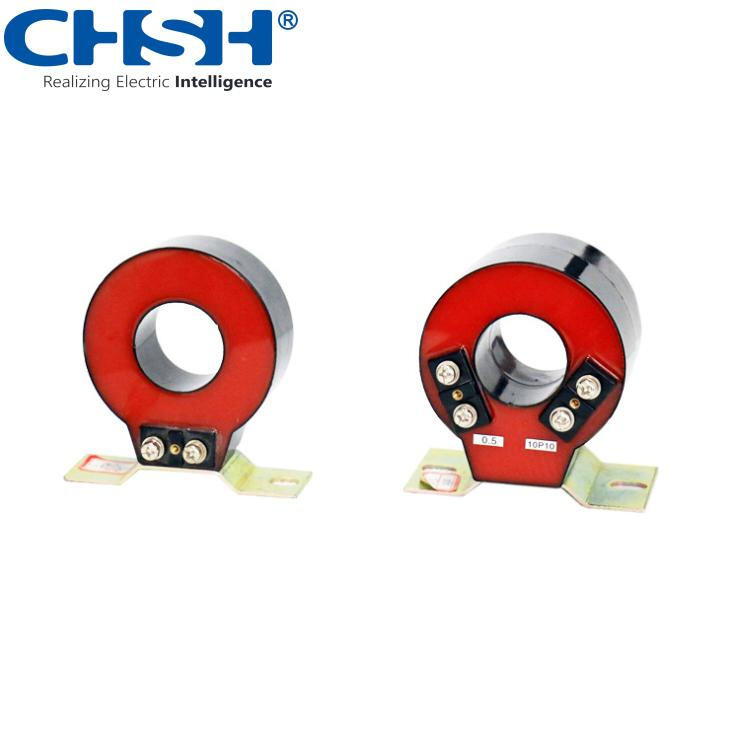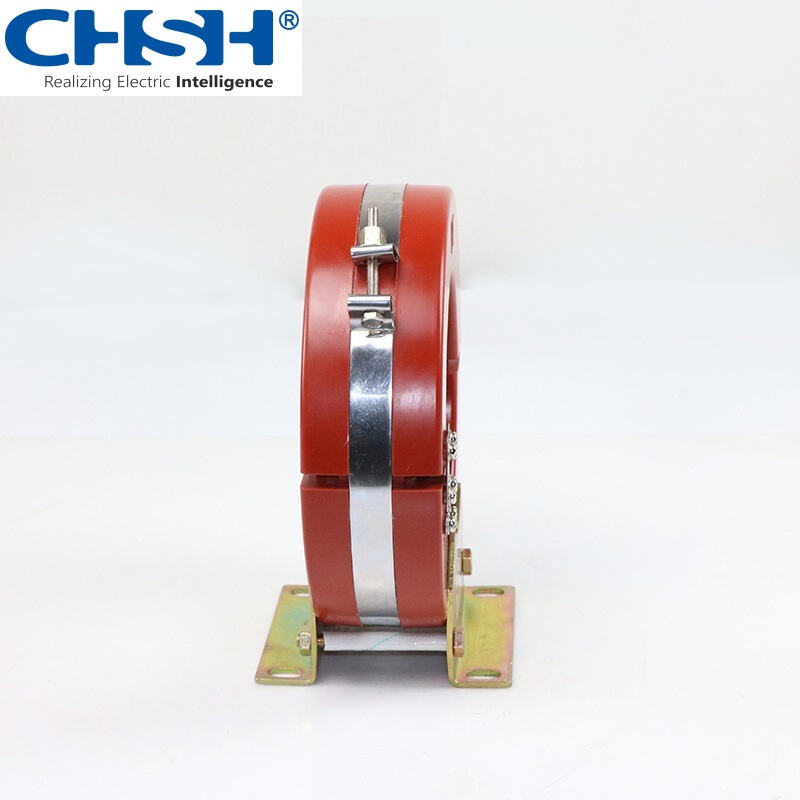current transformer price
Current transformer prices reflect the evolving landscape of power distribution and measurement technology. These essential devices, which play a crucial role in electrical systems, are designed to convert high-current primary signals into standardized low-current secondary outputs for measurement and protection purposes. Modern current transformers incorporate advanced materials and precision engineering, offering accuracy classes ranging from 0.1 to 5.0 percent. The market pricing varies significantly based on factors such as voltage class, accuracy requirements, and construction type, typically ranging from $100 for basic models to several thousand dollars for high-precision industrial units. Current transformers are available in various configurations, including wound type, bar type, and split-core designs, each serving specific applications from residential power monitoring to industrial power distribution. The pricing structure also accounts for features such as thermal rating, burden capacity, and insulation class, which directly impact the transformer's performance and reliability. Recent technological advancements have led to the introduction of smart current transformers with digital output capabilities, though these command premium prices due to their enhanced functionality and integration capabilities.


